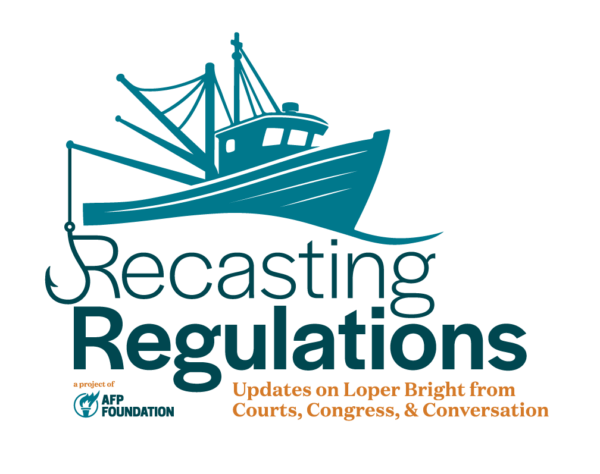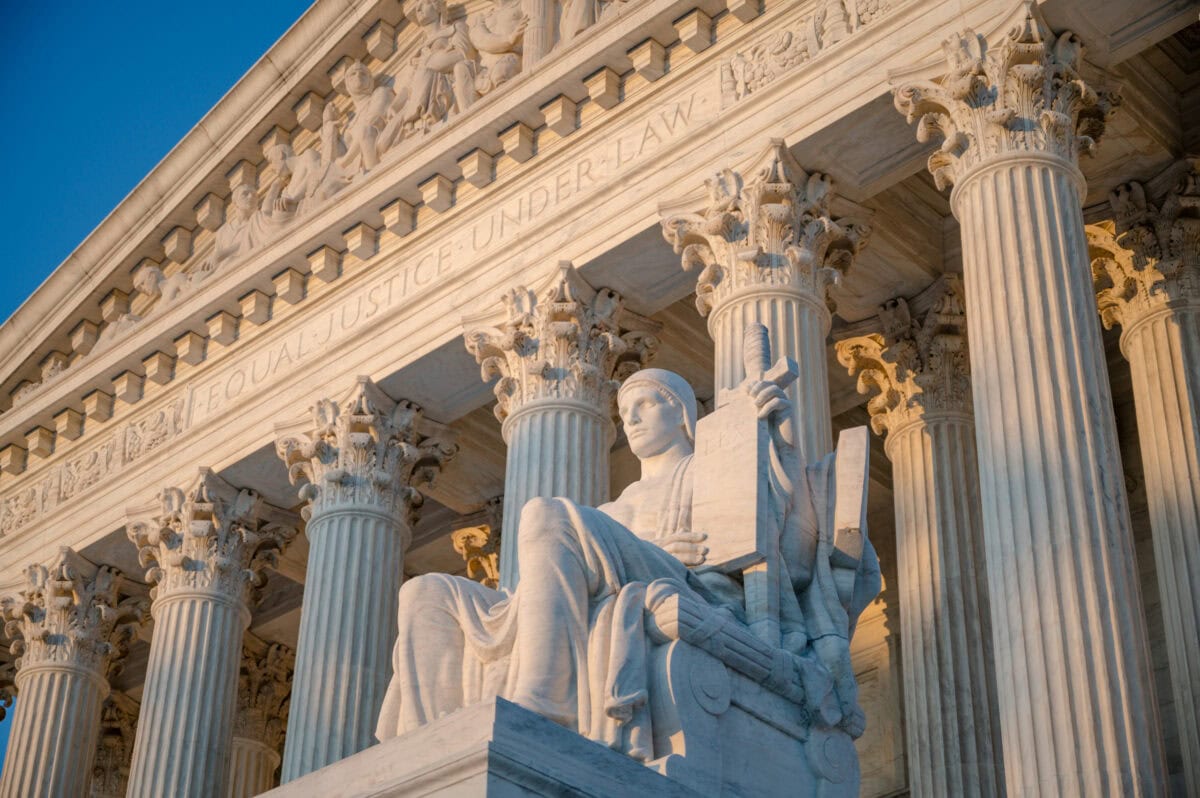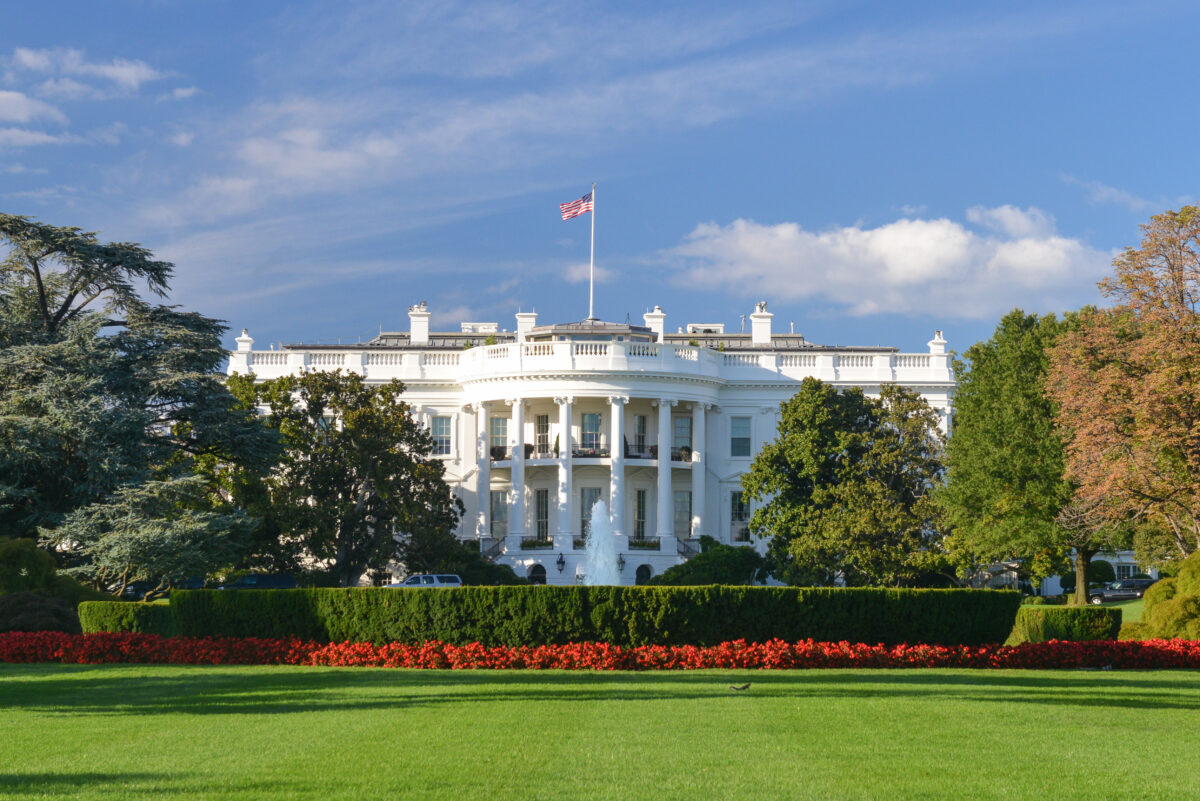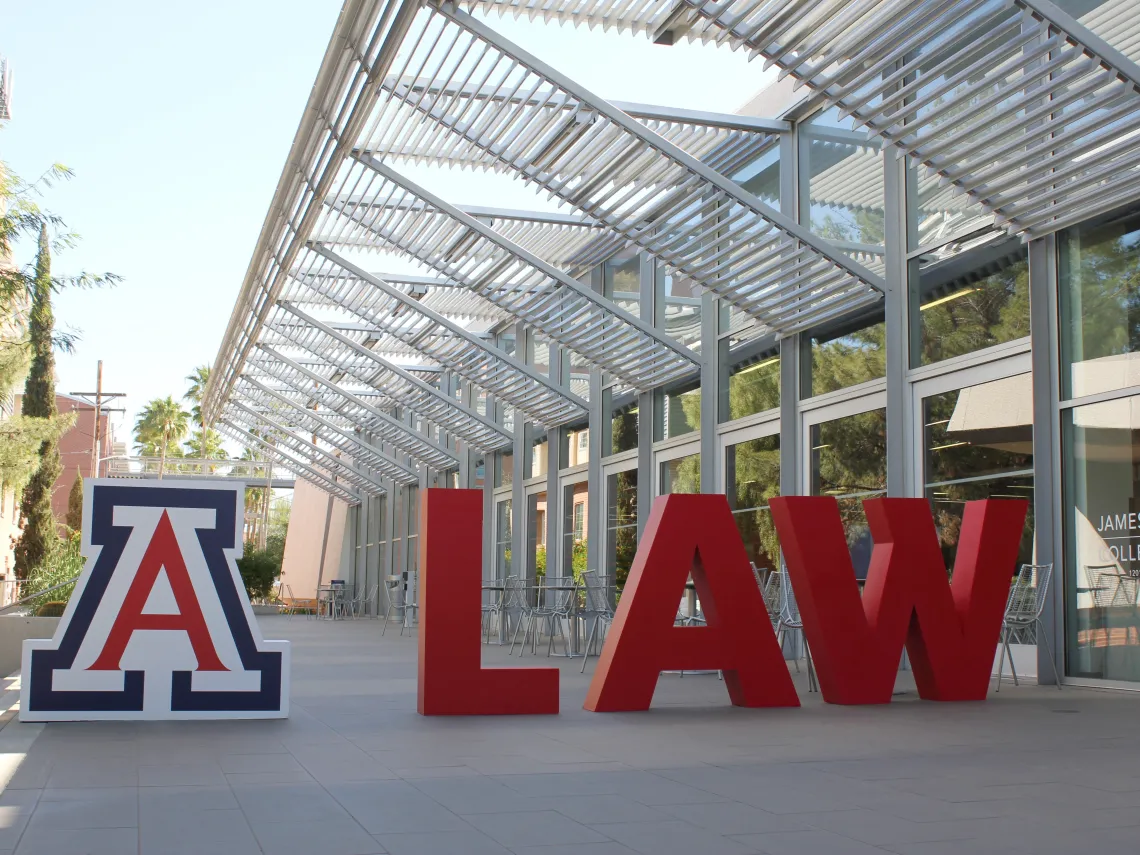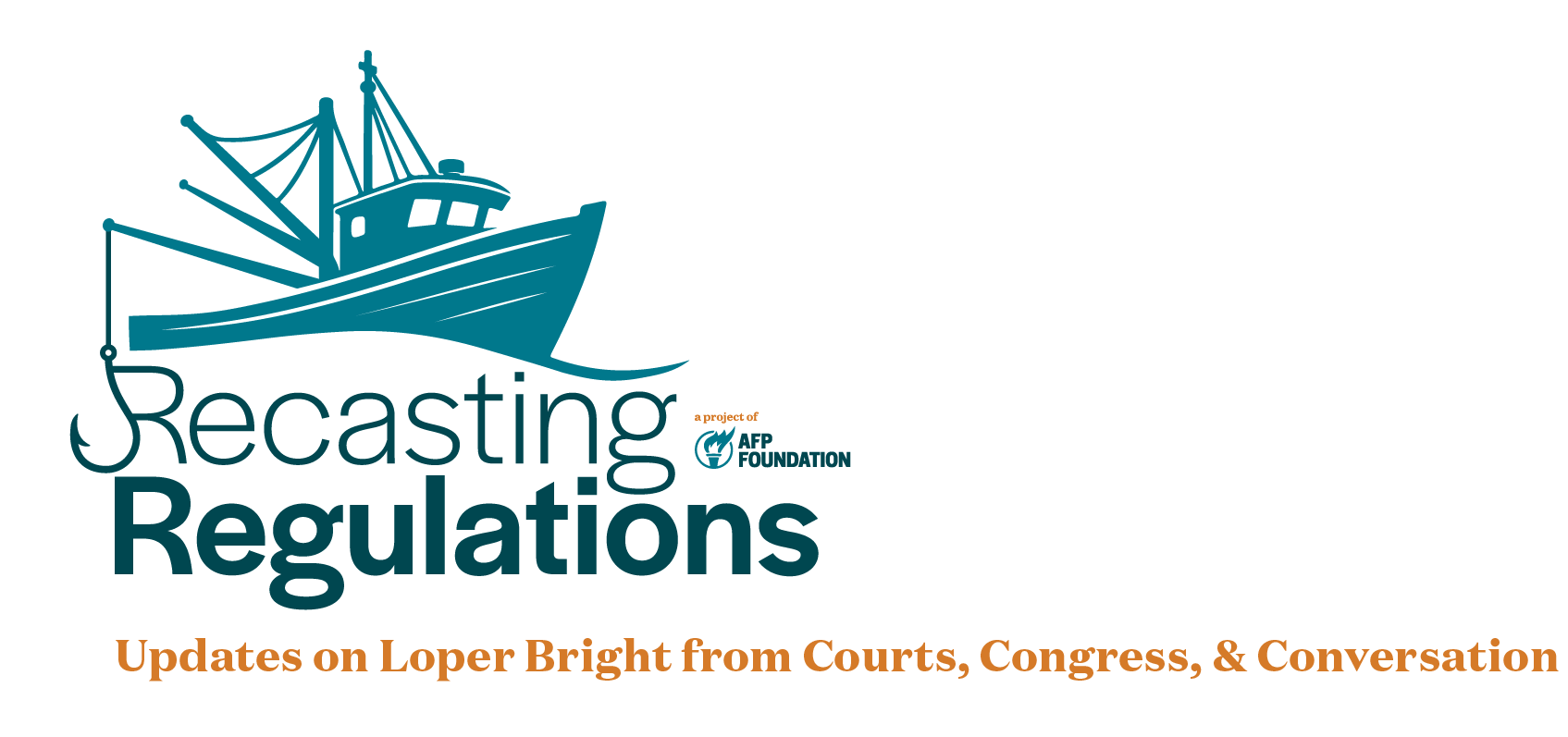
Subscribe to Recasting Regulations to Sign up for Loper Bright Updates.
"*" indicates required fields
Ohio State University’s Blaine G. Saito new research paper argues that Loper’s impact on tax law may be “more limited than expected.” From the abstract:
Using transfer pricing as an example, the paper demonstrates that while technical regulatory details may survive challenge, fundamental changes would likely fail under the new regime. The arm’s length standard, consistently maintained since 1935 and reinforced through successive statutory amendments including the 1986 Tax Reform Act, exemplifies how Loper Bright effectively freezes agencies from making radical departures—such as shifting to formulary apportionment—from well-established regulatory frameworks. Overall, the decision introduces short-term chaos but may not dramatically increase the rate of tax regulation invalidation, though the path to stability will be turbulent.
A group of twenty Republican Senators that comprise a Post-Chevron working group released a 150-page report this morning. From the Executive Summary:
The Post-Chevron Working Group is comprised of twenty Republican Senators. This report is broken down into three sections: 1. Proposed Legislative Response to Loper Bright; 2. Analysis of the Administrative State’s unpreparedness for and hostility toward Loper Bright; and 3. Legislative Drafter’s Guide to Deference, Delegation, and Discretion.
Legislative Proposals: A series of Short Term priorities, Medium Term projects, and Long Term goals are required to seize this rare “wet cement” moment for our separation of powers.
The Administrative State’s unpreparedness for and hostility to Loper Bright: An analysis of the responses (and non-responses) of the 101 administrative agencies who have published fifty or more final rules since the year 2000 in the Federal Register. This section discusses the Good, the Bad, and the Ugly of our received responses. It also discusses those agencies “Gone Fishing” who did not take the time to respond to a group of twenty Senators’ serious inquiry.
The Legislative Drafters Guide to Deference, Delegation, and Discretion: A practical primer for members and legislative staff on how to think about, spot, and deal with three of administrative law’s most statutory concepts: deference, delegation, and discretion.
UPDATE to add statement from Senator Eric Schmitt (R-MO):
“The Loper Bright decision is one of the most consequential Supreme Court decisions in our nation’s history. The rise of the Administrative State has been antithetical to our Constitution and our republican form of government. In our system, the people elect their leaders. For too long, Washington bureaucrats have been transferring power from the will of the people and into the hands of unelected, unaccountable bureaucrats. President Trump’s Administration has been off to a historic start as it restores accountability to the Executive Branch. As the Chairman of this Working Group, I’m glad to release a report to help guide Congress’ role in restoring accountability, showcase the failures of the Biden era Administrative State, and detail how we can make lasting changes to our bill drafting processes,” said Senator Eric Schmitt.
Emory Law School’s Jonathan Remy Nash writes on “Chevron Stare Decisis in a Post-Loper Bright World” in the Iowa Law Review. The abstract:
In its June 2024 decision in Loper Bright Enterprises v. Raimondo, the Supreme Court jettisoned the longstanding Chevron doctrine, which had directed courts to defer to agencies’ reasonable interpretations of ambiguous statutes. The Loper Bright Court attempted to minimize the substantial effect this change would have on administrative law and governance by declaring that “[t]he holdings” of cases that relied on the Chevron test to conclude “that specific agency actions are lawful . . . are still subject to statutory stare decisis despite our change in interpretive methodology.” But there are two problems with Chevron stare decisis. First, Chevron stare decisis is an ambiguous concept. Second, leaving to the side the cases where the result would be no different under Loper Bright, Chevron stare decisis is deeply problematic. Providing stare decisis effect to pre-Loper Bright decisions would leave some agencies, but not others, with discretion to choose among reasonable interpretations, or lock in Chevron-era interpretations that are not the best interpretations, as Loper Bright directs. These outcomes will have a deleterious effect on judicial legitimacy and democratic accountability.
Yesterday, in Seven County Infrastructure Coalition v. Eagle County, Colorado, the Supreme Court addressed the scope of federal agencies’ obligations under the National Environmental Policy Act (NEPA) to study the environmental effects of proposed agency actions and prepare “detailed” reports, known as environmental impact statements. In the course of grappling with those questions, Justice Kavanaugh’s Seven County opinion may provide some insight into how under Loper Bright the Court may distinguish between questions of law that courts must independently decide and exercises of agency discretion subject to laxer arbitrary and capricious review.
(more…)The Court of International Trade recently invalidated President Trump’s tariffs under the International Emergency Economic Powers Act of 1977 (“IEEPA”). The government argued, among other things, that the court could not consider the case because of the political question doctrine.
One reason that doctrine may apply is due to “a lack of judicially discoverable and manageable standards for resolving” the case. The court rejected that as a basis not to hear the case by relying on Loper Bright.
The court wrote:
This reliance on the political question doctrine is misplaced. The court can “manage” the
standards for applying 50 U.S.C. § 1701’s “deal with an unusual and extraordinary threat”
language just as it “manages” the standards for any other statutory enactment that constrains
independent executive action.…
Even when it goes unmentioned, this principle is a common feature of statutory construction. In the trade context, for example, the antidumping statute permits the imposition of duties only where “the Commission determines that . . . an industry in the United States . . . is threatened with material injury.” 19 U.S.C. § 1673. The court does not automatically uphold every material injury determination of the ITC on lack-of-manageable-standards grounds simply because “threatened with material injury” is an imprecise term that sounds in foreign affairs. Instead, the court consults “the traditional tools of statutory construction” to ascertain the term’s meaning and applies that meaning to specific cases. Loper Bright Enters. v. Raimondo, 603 U.S. 369, 403 (2024) . . . As the Supreme Court explained in Zivotofsky, “[r]esolution of Zivotofsky’s claim demands careful examination of the textual, structural, and historical evidence put forward by the parties regarding the nature of the statute and of the passport and recognition powers. This is what courts do. The political question doctrine poses no bar to judicial review of this case.” 566 U.S. at 201.
This is a new and interesting application of Loper Bright in the context of the political question doctrine. If courts’ core job is determining the legal meaning of terms, that is one fewer reason to find an issue nonjusticiable.
Bloomberg Law’s UnCommon Law podcast continues its series on the “story behind the fishing industry’s Chevron doctrine challenge.” This episode focuses on “the Supreme Court arguments that overturned Chevron.”
Federal agencies expanding their power beyond congressional intent? Unelected bureaucrats making policy decisions? Regulatory whiplash?! According to the litigants urging the Supreme Court to strike down the Chevron doctrine in the Loper Bright case, those were the harms Americans would continue to face if Chevron deference were allowed to continue.
But striking down the pivotal legal principle that had been in place for 40 years would bring its own risks, defenders of Chevron argued. Scientific and technical decisions would need to be made by judges with no specialized expertise. Regulatory uncertainty would soar, as thousands of existing rules face new challenges. And the Supreme Court itself could be forced to become, as Justice Ketanji Brown Jackson put it, “uber-legislators.”
In part two of our episode on Loper Bright, the high court ostensibly considers the plight of the herring fishermen, but actually looks to decide whether to abandon the Chevron doctrine once and for all.
Featuring:
- Jeff Kaelin, director of sustainability and government relations at Lund’s Fisheries
- Wayne Reichle, president of Lund’s Fisheries
- Ryan Mulvey, counsel with the Cause of Action Institute
- Gillian Metzger, Harlan Fiske Stone Professor of constitutional law at Columbia University
- Lydia Wheeler, co-host of Cases and Controversies & Supreme Court reporter for Bloomberg Law
- Greg Stohr, Supreme Court reporter for Bloomberg News
- Kimberly Robinson, co-host of Cases and Controversies & Supreme Court reporter for Bloomberg Law
A recent Brookings article, titled “Will the Supreme Court’s Chevron decision undercut Trump’s unilateral presidency?,” suggests that “overturning of the Chevron doctrine may unintentionally weaken [President] Trump’s ability to govern unilaterally by empowering lower courts—often selected through strategic forum shopping by his opponents—to more freely block his executive actions.” That somewhat misunderstands the intent and meaning of Loper Bright overruling Chevron.
Loper Bright is about principle and process—how public policy choices should be made and by whom: the Executive Branch going it alone or Congress through duly enacted legislation? The whole point of repudiating Chevron’s fiction that statutory ambiguity or silence transferred to the Executive Branch power to make policy choices announced in legislative rules with the same force as statutes is to put that power back where the Constitution put it, vesting all legislative power in Congress, subject to constitutional limits on federal power.
(more…)The Brookings Institution published a commentary piece from Frank J. Thompson, Distinguished Professor of Public Affairs Emeritus & Faculty Director at Rutgers University, arguing that “[t]he Supreme Court’s overturning of the Chevron doctrine may unintentionally weaken Trump’s ability to govern unilaterally by empowering lower courts—often selected through strategic forum shopping by his opponents—to more freely block his executive actions.”
This article explores factors that will probably lead the Supreme Court’s reversal of Chevron to have a modest negative effect on the ability of Trump’s unilateral presidency to achieve its goals. Historically, the doctrine has galvanized some deference to the executive, primarily at the district and appellate court levels. The Supreme Court had abandoned obeisance to the doctrine more informally prior to Trump’s first term. Chevron’s reversal opens the door to the greater influence of the courts in shaping public policy. It elevates the potential importance of a judge’s partisan policy preferences in rendering decisions. As a result, forum shopping by opponents of the administration could become more strategic, and the administration’s success rate in lower courts may decline. But the impact of any such development on the Trump unilateral presidency will decline sharply if the Supreme Court curtails the use of nationwide injunctions by the lower courts.
As Loper Bright continues to work its way through the courts, it’s also been rapidly added to administrative law casebooks across the country. University of Arizona – James E. Rogers College of Law Professors Shalev Gad Roisman and Oren Tamir had a novel idea to do a book review of how Loper, and other new administrative law cases, are being treated in casebooks.
They “review the supplements to twelve of the leading administrative law casebooks issued at the end of the Supreme Court 2023 Term, which culminated in blockbuster decisions in Corner Post, Jarkesy, and Loper Bright.”
From the Abstract
They find that:
As gleaned through the supplements, the field of administrative law is presently caught in an overly polarized reaction to the Roberts Court Revolution and the preexisting status quo—of either being for the Roberts Court Revolution and against what preceded it or against the Roberts Court Revolution and for what preceded it. Because of this dynamic, we argue that the supplements and casebooks do not yet do a sufficiently good job of enabling administrative lawyers to imagine a new and different administrative law future, a future that lies beyond either the Roberts Court Revolution or what preceded it.
Pictures of a Revolution: Administrative Law in a Time of Change, 123 Michigan Law Review 1105 (2025).
Americans for Prosperity Foundation filed a comment supporting the Administration’s effort to rescind the regulatory definition of “harm” under the Endangered Species Act and to instead rely on the statutory definition of “take” without the additional interpretive gloss. This rescission is an important example of the types of regulatory definitions that were previously upheld relying on Chevron deference but may not be defensible in the Loper Bright regime.
The comment argues:
Federal agencies must respect and follow the best reading their organic statutes. Agencies
are creatures of statute, which possess only those powers Congress chooses to confer upon them, subject to constitutional limits. They “literally ha[ve] no power to act” absent congressional authorization. Before Loper Bright, the Chevron doctrine allowed agencies to exercise discretionary authority under the guise of resolving statutory ambiguity “even when Congress has given them no power to do so.” In the wake of Loper Bright, federal regulations and other agency statutory interpretations that could only be defended under the Chevron regime as “permissible” interpretations of putatively ambiguous statutory provisions—but which depart from the statute’s single best meaning—cannot be grounded in an actual statutory delegation of discretion and thus fall outside of the agency’s statutory authority.
Link to the full rulemaking docket.

